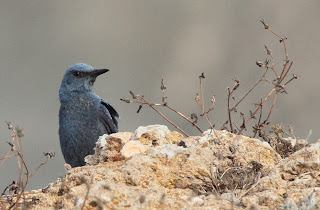 |
| The Farmers Market - a showcase of culinary richnesses |
This term has been around for quite some time but still it hasn't grown its roots here in Malta. Statistics and other related information about what happens in Malta is limited. Before starting off Merill Eco Tours, I read many books about this topic and accessed a lot of views and methods through social media. Travelers want to have a say before and after their trip. This is positive to us since we are very much focussed to create experiences rather than tours!
So how can we put Ecotourism into practice? First of all we need to understand the real meaning of Ecotourism. It's principles are clear and well spelt out. Minimizing impact on the environment is on top of the list. Malta is a small island with limited resources. Conservation of our few natural resources such as land (including soil), water and biodiversity should be on top of the agenda of all tourism operators. Then comes the aspect of awareness. I meet many people who are scepticle about Malta and Gozo's potential for eco and agri-tourism acitivities. Wake up people...we are in the middle of the Mediterranean, surrounded by beautiful beaches, our eco-cultural landscape is varied, local people are charming...the "only" thing we need is to build sustainable bridges amongst industries. Let's say, if a restaurant chooses to purchase local foods, then catering industry is embracing the agriculture industry thus supporting rural life and biodiversity. Who will take care of the fields, and thus the landscape, if all the farmers are gone, or all Malta is built up!? Another example is of having nature being featured on images representing Malta.
Eco is now a buzz word that many use, but how much eco is there in photos of Malta? If one googles Malta, many images of Valletta, Comino and beaches show up. This is fine, but we have much more to offer. I met a couple of Gozitans last week who were really disappointed when Dwejra is the only place mentioned in many brochures promoting tourism in Gozo. Gozo is still very rural and can showcase farming, nature and village life style.
Eco is now a buzz word that many use, but how much eco is there in photos of Malta? If one googles Malta, many images of Valletta, Comino and beaches show up. This is fine, but we have much more to offer. I met a couple of Gozitans last week who were really disappointed when Dwejra is the only place mentioned in many brochures promoting tourism in Gozo. Gozo is still very rural and can showcase farming, nature and village life style.
What to see and what to do in Malta, Gozo and Comino needs to be change in order have a more sustainable tourism industry. Having thousands of people visiting Valletta and Mdina is fine. The historical aspect in these locations are fantastic. Shifting of the activities to rural areas can reduce the pressures onto historical sites, beaches and other popular areas. There again, let's all be careful as not to invade the quite rural areas, and respect the local people. Noise and traffic can disturb rural villages so it needs to be slow and controlled.
 RSS Feed
RSS Feed










